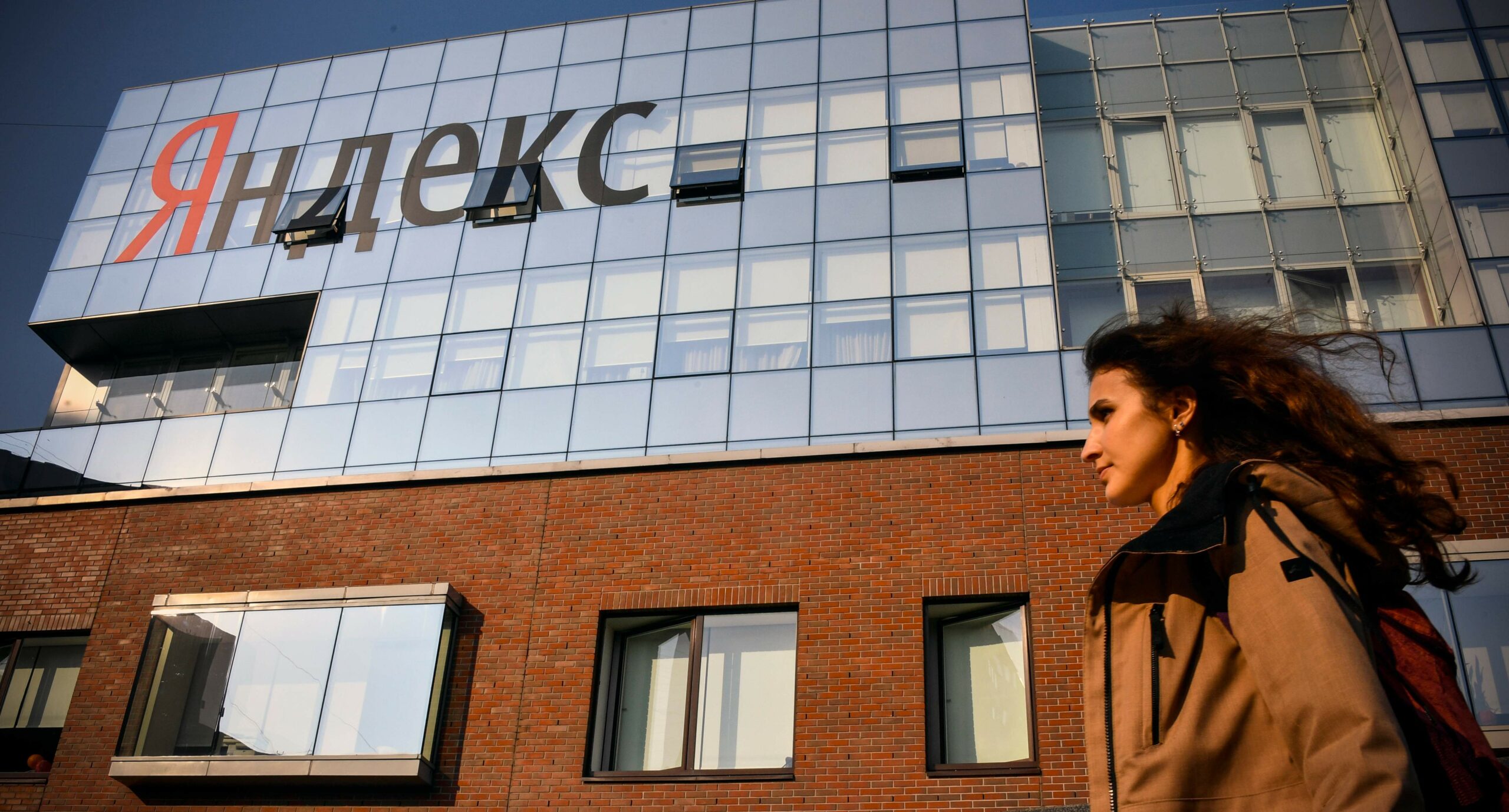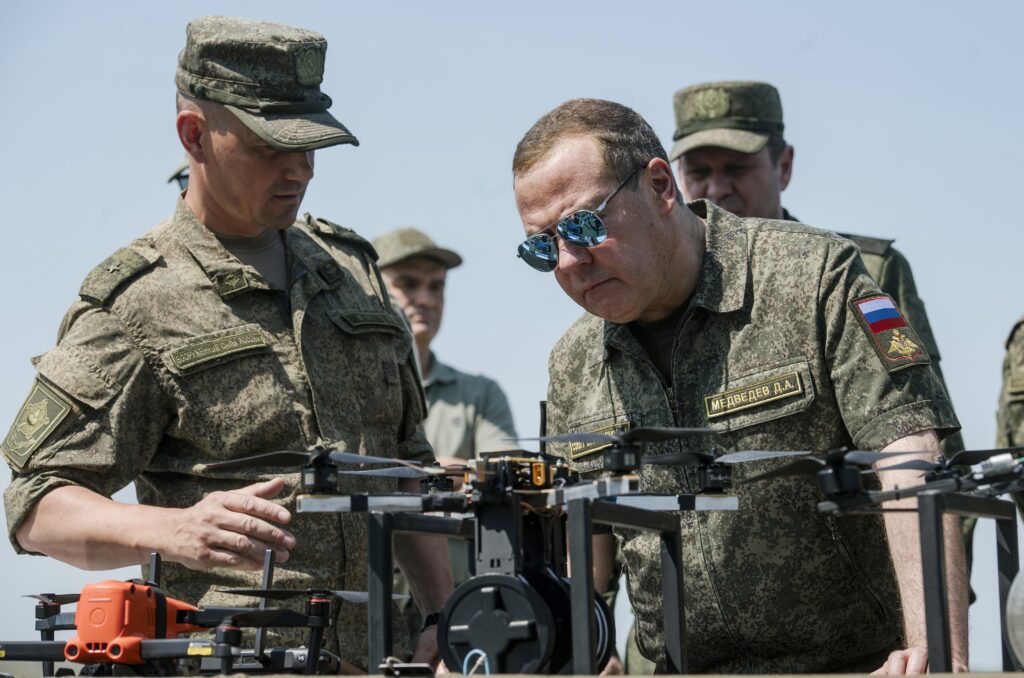Throughout history, controlling information has always been an essential task for all dictators. The President of the Russian Federation is not an exception. For instance, the chief of the Russian mercenary group Wagner, Yevgeny V. Prigozhin, who led a short-lived mutiny in June, was listed as a passenger on a plane that crashed on August 24. Satellite data then showed Wagner’s camp in Belarus being dismantled. Yet information on where those personnel and equipment were being moved was scarce. Conveniently for Putin, near the camp area, there were severe disruptions to mobile internet.
A free internet embodies precisely what the centralized Russian administration dreads: freedom of information, decentralized discussions, and independent avenues for group mobilization. The Kremlin started talking about the need to develop an isolated domestic internet nearly a decade ago. In 2014, Putin had already considered a plan to unplug Russia from the internet ‘in case of an emergency’. In 2016, the Russian military started working on its Closed Data Transfer Segment, basically a version of the military intranet. Meanwhile, the Kremlin enacted regulations mandating any enterprise possessing information on Russian nationals to store this data within Russia. In November 2019, Vladimir Putin’s regime introduced new regulations that create a legal framework for centralized state management of the Internet within Russia’s borders. This package of legal amendments is often referred to as Russia’s sovereign internet law. Officially, the amendments aim to protect the internet within Russia from external threats. In fact, the system enables the isolation of Russia’s network from the global internet and expands state control over all online communication and traffic.
Russia’s invasion of Ukraine amplified the Kremlin’s urge to dominate its digital landscape. Post-February 2022, Russia’s grip on information flows tightened. The Kremlin now possesses all the legislative and technical mechanisms to control a significant portion of its citizens’ digital communication. Access to major opposition news channels and global platforms like Facebook, Instagram, and Twitter were blocked. Popular VPN services, often used to avoid these restrictions, were banned. Russian tech companies were de-facto nationalized. Under the guise of countering «fake news» related to the invasion, internet users faced charges for allegedly spreading disinformation about Russia’s activities in Ukraine.
Existing Models of Internet Control
When the topic of total internet control comes up, the minds of most people immediately turn to China and North Korea, given their stringent control over digital environments. China manages to control its digital environment through a blend of sophisticated technology, extensive human moderation, and heavy reliance on in-house social media channels. North Korea has essentially built its own, extremely limited version of the internet.
Chinese Model: The Great Firewall
China’s «Great Firewall» is a testament to its extensive investment in technology and human resources over decades. Russia, in comparison, faces significant challenges in mirroring such a system. With a complex internet structure served by dozens of providers, fully isolating Russia from the global internet is a monumental task. By September 2022, 31% of Russia’s IT specialists had left the country, with many more contemplating relocation. The nation’s financial constraints, combined with international sanctions restricting access to essential technology, further hinders its ability to create an analog of the Chinese system.
China exercises unparalleled control over its digital space, in part due to its development of widely-used domestic social media platforms like WeChat. Noting the benefits China yielded from its homegrown social media platforms, Russia has shown interest in a similar path. The government has taken steps to de-facto nationalize tech companies and invest heavily in domestic social media platforms like RuTube and Vkontakte. However, despite these efforts, a large portion of the Russian population still uses foreign social media channels.
North Korean Model: The Internet, But Not As We Know It
For most North Koreans, there is no access to the global internet. Instead, North Korea has access to a domestic intranet known as «Kwangmyong,» which is a closed network that according to 2016 data, offers access to only 28 websites. These websites primarily consist of state-run news media, educational content, and other resources approved by the government. Russia on the other hand has been connected to the global network for decades and its digital environment, unlike North Korea, is tightly connected with foreign services, servers, and platforms. The North Korean model will be impossible to implement if Russia wants to maintain global trade, banking, and some level of information exchange.
Russia’s Goals for Its Sovereign Internet
The Kremlin’s strategy for internet control is neither a mere replication nor a straightforward adaptation of existing models. Russia is simultaneously pursuing two goals to boost its control over its digital infrastructure. The first goal aims to extensively monitor and control internet activity within Russia while maintaining controlled connectivity to the global internet. The second goal involves developing an autonomous national internet infrastructure, enabling Russia to potentially isolate itself from the global World Wide Web at the Kremlin’s discretion.
Surveillance and Control: Deep Packet Inspection at Work
There is solid evidence suggesting he Kremlin has managed to build a robust mechanism for effective surveillance of internet activity within Russia’s borders. A go-to instrument for this is a technology called Deep Packet Inspection (DPI), capable of identifying the source of internet traffic and filtering content based on specified criteria. In 2019, Roskomnadzor, the Russian federal authority responsible for monitoring and censoring media, mandated internet service providers to install DPI black boxes to monitor data packets and communication. This approach allows Russia to maintain its connection to the World Wide Web and ensures the continued functioning of essential digital services, while simultaneously enabling the Kremlin to closely monitor online activity. While legislation enabling the Kremlin to control online communication was in place for years, it was only after the invasion when they began strict enforcement. From the end of 2023, internet providers that allow traffic without DPI will receive fines of up to 5 million rubles, and company heads may face criminal charges. For July 2023, 95% of internet providers have installed traffic inspection equipment.
In 2019, the Kremlin used DPI technology to block live video streaming during protests in Moscow. In 2021, they slowed down Twitter in response to posts allegedly urging children to participate in anti-government protests. After Russia launched its full-scale invasion of Ukraine in 2022, the Kremlin intensified its efforts to censor information. In February and March 2022, the Russian authorities restricted access to social media platforms like Twitter and those owned by Meta, such as Facebook and Instagram, labelling them as «extremist entities.» Roskomnadzor not only went after those social media platforms but also shut down tools used to circumvent government blocks. As of spring 2022, 20 popular VPN services that were allowing access to prohibited content are blocked in Russia.
Runet: Russia’s Quest for a Parallel Internet
Even when the state uses selective law enforcement to counter politically subversive information, foreign IT players present a challenge as they are difficult to control and regulate. For this reason, the Russian government is actively pursuing a more radical goal, which involves the potential for isolating its national network entirely from the global internet. Under this approach, Russia is working towards the establishment of a separate, parallel version of the internet, known as Runet. To lay the groundwork for Runet, Russia is moving towards a centralized management of its telecommunication networks. This framework grants the government the ability to open or close its ‘digital borders’ at will, effectively controlling all internet traffic entering and leaving the country. As part of this strategy, Russia is developing its own national Domain Name System (DNS). This would enable it to independently route internet traffic and operate its internet infrastructure without relying on global DNS servers, overseen by the Internet Corporation for Assigned Names and Numbers (ICANN).
While Russia has significantly advanced its internet oversight in recent times, it still cannot entirely detach from the global internet and overseas technologies without severe implications for its citizens and economy. Creating a parallel version of the internet is technologically more challenging than censoring and selectively blocking online content. No single country has managed to establish its own National Domain System, essential for building a ‘sovereign’, internet that works in parallel with the global one. This will require setting up an entirely new network of root servers and configuring tens of thousands of systems. The Russian government has conducted several cyber exercises related to disconnecting the country from the global Internet and testing DNS servers operating inside Russia without connecting to ICANN. The last known test was conducted at the beginning of July 2023 and the Kremlin said the attempt was successful. However, there are reasonable doubts about that. Russian cybersecurity experts said that the test only lasted for 40 minutes, not the planned two hours, and only concerned mobile internet operators. During the test, the Kremlin also had to shut down the railway and major shipping systems, indicating that something went wrong.
Kremlin’s Homegrown Tech Takeover
Parallel to internet surveillance mechanisms and a quest for a ‘sovereign’ internet, the Kremlin’s takeover of homegrown tech giants cements its hold over its digital realm. Drawing inspiration from China’s playbook, Russia’s strategy is clear: Why wrestle with foreign platforms when you can control domestic ones?
Before the invasion, Russia’s tech sector was one of the very few industries that were successful and relatively free from draconic control from the state. February 2022 changed it all. IT specialists have left. International sanctions limited access to crucial technology. The Kremlin began its aggressive takeover of the tech giants, effectively stifling innovation and killing competition, signalling the demise of its once-promising IT and tech industry.
After the invasion, Yandex, once referred to as «Russia’s Google,» was forced to cut all ties with the Netherland-based parent company, putting it firmly under the Kremlin’s grasp. With a leadership team featuring figures like Aleksei Kudrin, a trusted associate of President Vladimir Putin, the Kremlin effectively controls Russia’s top search engine. Yandex is the last example of Kremlin’s attempt to control tech companies. Just two months before the invasion, social media giants Vkontakte (VK) and Odnoklasniki, cornerstones of Russia’s digital communication, were transferred to state entities like GazpromMedia and Sogaz, both with deep-seated ties to Putin’s regime. After the invasion, the Kremlin increased support to VK, helping the company to expand to gaming and e-commerce industries. In previous years, RuTube, a once dormant platform, has been revived and rebranded under the ownership of GazpromMedia. Although its name and design resemble YouTube, an immensely popular social media network in Russia, its content remains meticulously curated, reflecting the Kremlin’s interests.
Despite technical, economic, and political challenges, Moscow’s campaign to throttle information is relentless. While it’s unlikely that Russia will be able to fully isolate itself from the global internet, it undeniably possesses the tools necessary to restrict the average Russian’s access to free information. After all, in Putin’s game of power, controlled mass sentiments in half of the victory.










